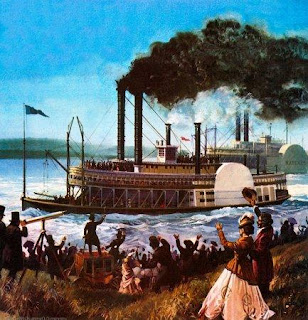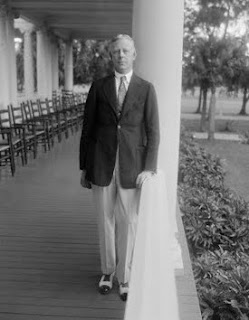In the 19th Century, the use flatboats and emergence of steamboats revolutionized the distribution of goods. The steamboat made traveling upstream possible (something not often seen before that) and greatly enhanced how people and goods were transported back and forth along rivers. The Ohio-Mississippi river had a system which made possible access to agricultural areas where crops, staples, or commodities could regularly be loaded and transported across much of the country. The steamboat revolutionized the commerce capabilities of the new America and the added benefit of upriver navigation, only created more demand to travel the rivers. Costs of transporting goods were reduced using the network of water ways and the speed which goods were transported, allowed flourishing two-way commerce on the Ohio and Mississippi rivers.
America in 19th century fashion, built a system of canals intricately linking the seaboard cities to the Midwestern states also allowing for an efficient and stable system for shipping western farm products directly to the growing urban markets of the seaboard states. Commerce flowed more freely and did so at reduced rates. Along with the River Networks, the investment and expansion of railroads, also increased the capacity to trade at cost effective rates to move goods across the nation by land. The combination of expanded trade by land and sea, created a sense of opportunity, causing some investors and entrepreneurs to join the market that was filled with new technologies and real possibilities. The expansion of trade contributed to the economy and new means of transportation heralded a new era of commerce and economic expansion for a young nation whose economy was growing. Investing in transportation networks where beginning to pay off. As the economy grew, so did American's Standard of Living for many Americans.











